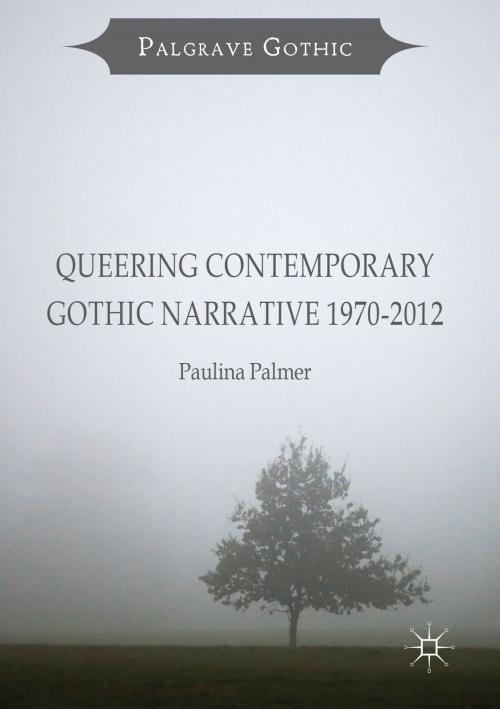Queering Contemporary Gothic Narrative 1970-2012
Fiction & Literature, Literary Theory & Criticism, Theory, Nonfiction, Social & Cultural Studies, Social Science| Author: | Paulina Palmer | ISBN: | 9781137303554 |
| Publisher: | Palgrave Macmillan UK | Publication: | November 21, 2016 |
| Imprint: | Palgrave Macmillan | Language: | English |
| Author: | Paulina Palmer |
| ISBN: | 9781137303554 |
| Publisher: | Palgrave Macmillan UK |
| Publication: | November 21, 2016 |
| Imprint: | Palgrave Macmillan |
| Language: | English |
This book explores the development of queer Gothic fiction, contextualizing it with reference to representations of queer sexualities and genders in eighteenth and nineteenth-century Gothic, as well as the sexual-political perspectives generated by the 1970s lesbian and gay liberation movements and the development of queer theory in the 1990s. The book examines the roles that Gothic motifs and narrative strategies play in depicting aspects of lesbian, gay, bisexual, transsexual and intersex experience in contemporary Gothic fiction. Gothic motifs discussed include spectrality, the haunted house, the vampire, doppelganger and monster. Regional Gothic and the contribution that Gothic tropes make to queer historical fiction and historiography receive attention, as does the AIDS narrative. Female Gothic and feminist perspectives are also explored. Writers discussed include Peter Ackroyd, Vincent Brome, Jim Grimsley, Alan Hollinghurst, Randall Kenan, Meg Kingston, Michelle Paver, Susan Swan, Louise Tondeur, Sarah Waters, Kathleen Winter and Jeanette Winterson.
This book explores the development of queer Gothic fiction, contextualizing it with reference to representations of queer sexualities and genders in eighteenth and nineteenth-century Gothic, as well as the sexual-political perspectives generated by the 1970s lesbian and gay liberation movements and the development of queer theory in the 1990s. The book examines the roles that Gothic motifs and narrative strategies play in depicting aspects of lesbian, gay, bisexual, transsexual and intersex experience in contemporary Gothic fiction. Gothic motifs discussed include spectrality, the haunted house, the vampire, doppelganger and monster. Regional Gothic and the contribution that Gothic tropes make to queer historical fiction and historiography receive attention, as does the AIDS narrative. Female Gothic and feminist perspectives are also explored. Writers discussed include Peter Ackroyd, Vincent Brome, Jim Grimsley, Alan Hollinghurst, Randall Kenan, Meg Kingston, Michelle Paver, Susan Swan, Louise Tondeur, Sarah Waters, Kathleen Winter and Jeanette Winterson.















